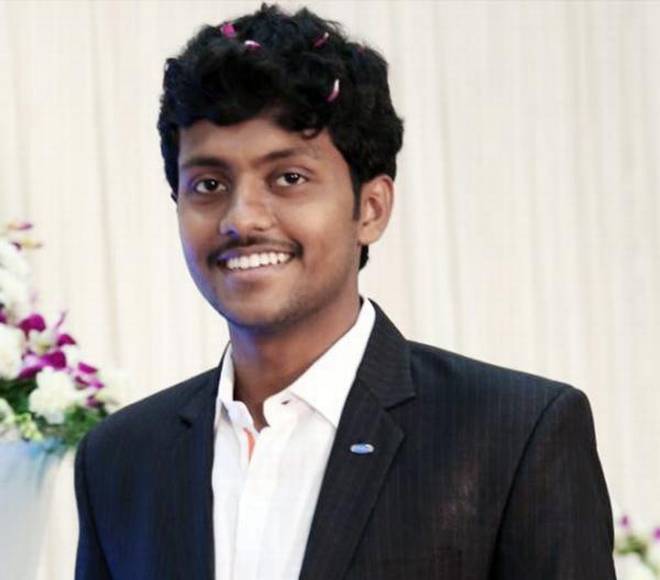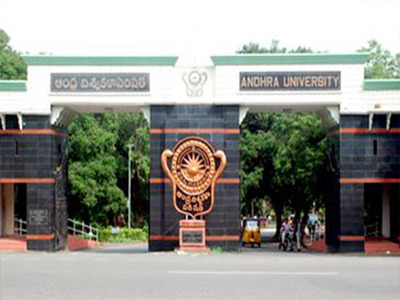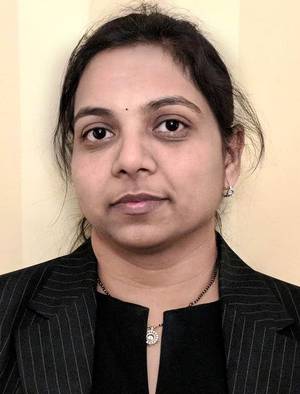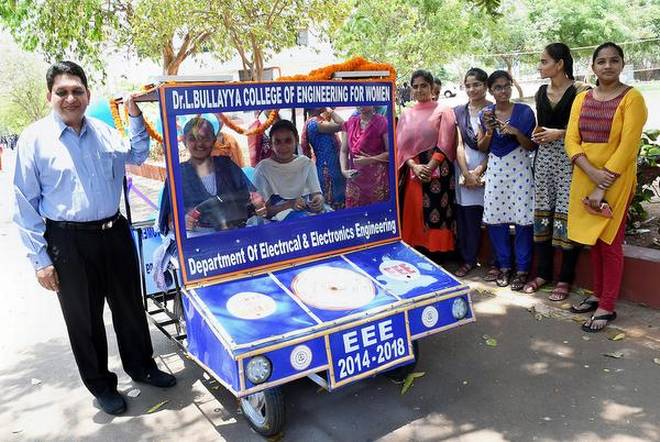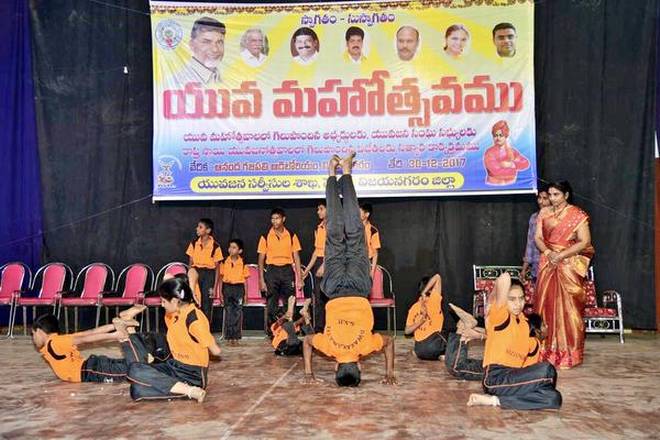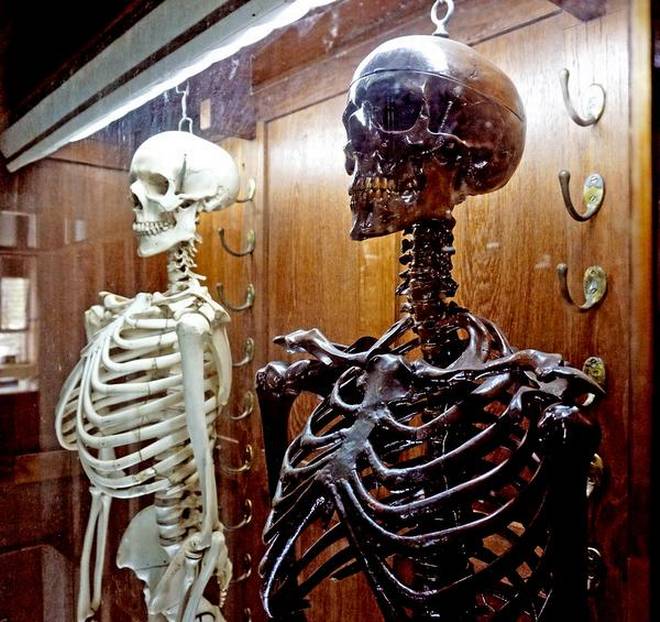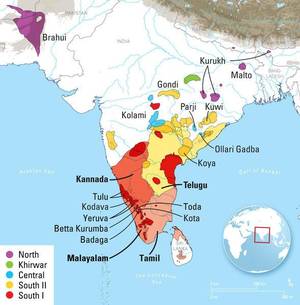“I am blind, but trained,” is a famous dialogue from a recent Telugu movie, Raja The Great. Raviteja, the hero, played the role of a visually challenged, but a multi-talented person proving that the visually impaired are second to none. However, there are little heroes unfettered by their visual impairment and excelling in their chosen areas, and they can be found in a quiet institution here — studying in Dwarakamayee School for the Visually Impaired, founded by M. Asha Jyothi.
They are competing with students without any impairment and winning prizes and awards in areas such as quiz, essay- writing, dance, music, sports, yoga, fashion shows, etc., leaving everyone stunned, including VIPs, when they come to attend the school’s cultural programmes. S. Parameswara Rao stood first in ‘Paaduta Teeyaga’, a popular singing competition aired by a Telugu channel.
Now, he is globetrotting, including the U.K., to give musical performances with top singers. He had passed his 10th class from the school in 2017, and is pursuing Intermediate in Visakhapatnam.
Another student, P. Ganesh, who did his 10th class in 2017, won the first prize continuously in the State-level chess competitions organised for the differently-abled. He is now pursuing Intermediate privately under the supervision of the school.
Dwarakamaye’s students also got prizes in the fashion, fancy dress, and mime shows organised by the government’s Youth Services Department as part of the Yuva Mahotsav in December last year.
Such has been their overall performance that Dwarakamaye got the State’s Best Visually Impaired School for the year 2017.
Six visually challenged children had passed 10th class examination with a 9.2 grade in 2017, considered good for normal students too.
Turning point
Ms. Jyothi’s smile belies a double tragedy — her visually and mentally challenged son Hari Smaran. Parenting became a major challenge with little improvement in his health. She could not find a proper school for the visually and mentally challenged children in Vizianagaram. To exacerbate, the only school with little infrastructure was also shifted to Bhimili, near Visakhapatnam, souring her dream to ensure normalcy to her child.
But Ms. Jyothi turned her frustration into a challenge and established the school in year 2013 in Poolbaugh Road of Vizianagaram.
Help came in from her brother, K. Narayana, a hardware engineer in Bengaluru, and husband M. Ravi Kumar, a builder in Vizianagaram.
However, it was not a smooth journey. The family could generate ₹10 lakh initially for establishment of the school. It needs ₹1.6 lakh per month for its maintenance, including payment of salaries to 10 teachers and three other staff. In spite of many difficulties, she did not lose confidence. Her willpower and talent of the children caught the attention of many philanthropists to extend help to the institution. Though the donations were insufficient, they boosted Ms. Jyothi’s morale in making the institution the best one among the schools run for special kids in Andhra Pradesh, though she herself is a college dropout.
Aiming big
Currently, 50 special children are studying from classes 1 to 10 in the school. Around 10 well-trained teachers are taking special care for their overall development.
“My only aim is to create awareness among people that the visually challenged can also lead a happy life if they are given proper support at the right age. Parents should not feel disappointed about their deformity. They can also do wonders when trained and motivated,” she told The Hindu. Ms. Jyothis’s aim is to establish Intermediate and degree colleges exclusively for visually challenged.
She was bestowed with many awards for her relentless work for the last five years, including the Youth Icon award and Visista Seva Pratibha Puraskaram from Chief Minister N. Chandrababu Naidu on the occasion of International Women’s Day on March 8, 2017.
source: http://www.thehindu.com / The Hindu / Home> News> States> Andhra Pradesh / by K. Srinivasa Rao / Vizianagaram – April 13th, 2018
